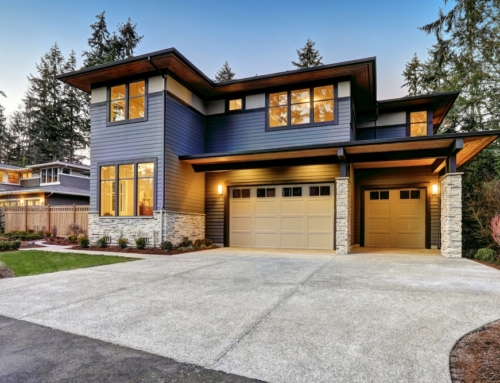Home buyers are out in force. Sellers are scarce. The number of homes for sale on the market is as low as it was more than twenty years ago.
As a result of supply and demand, half of all housing markets are overvalued in terms of price. The median home price in San Francisco is $1.6 million. Redfin’s May Real Estate Market Report noted that this is the fastest real estate market in history; the typical home sold in 34 days last month, and the national median home sale price rose to $305,600, a 6.3 percent increase from a year ago across 174 markets.
Rents are also at all-time highs, according to the Harvard Joint Center for Housing Studies. Last year, the median rent was $1,550 and the median income was in the high $30,000s, which is an extremely expensive and possibly even dangerous ratio. Many renters are paying more than 50 percent of their gross monthly income in rent. Experts in financial wellness say this leaves previous little margin for budgeting errors or emergencies. The Federal Reserve recently noted that 40 percent of Americans don’t have $400 in cash for emergencies. Rising rent costs is a likely culprit.
What’s clear from most housing experts at this year’s National Association of Real Estate Editors conference is that home buyers and renters nationwide are dealing with housing affordability issues. There is no city in the country where a person earning minimum wage can afford to rent a two-bedroom apartment.
Millennials, in particular, are finding that the housing market continues to be challenging. The desire to own a single-family home is there, according to Realtor.com and National Association of Realtor (NAR) data. Realtor.com says when Millennials do buy (and they account for the majority of first-time buyers, say NAR), they’re ending up buying homes in their second choice neighborhoods, which are more affordable.
But the reality is most Millennials are weighed down by their share of $1.4 trillion in student loan debt and the jobs they’re getting out of college (let alone high school) don’t pay enough to cover rent, let alone all the costs of homeownership. Finding ways to make more cash is a high priority for most Millennials, who are looking for every side hustle they can find.
Higher rent costs limits the amount of cash first-time home buyers can save for a down payment, and more first-time buyers than ever are seeking down payment assistance funds. It’s not a surprise that over the last 25 years, the average age of first-time buyers has risen from 26 to nearly 34.
On the other side of the house, mortgage lenders are cheering the rollback in regulations which will make it easier for buyers to qualify for mortgages. Which, while helping more worthy buyers qualify (a terrific goal), will also serve to drive housing prices higher in those neighborhoods where inventory is already scarce, a simple function of supply and demand.
In Austin, Texas, where median home prices have doubled in the last five years, there is an estimated shortage of several hundred thousand housing units, according to Mark Wolf, founder and CEO of AHV Communities, who says his company will build more than 400 units next year.
Housing advocates say 90 percent of building codes are outdated and make it too expensive to innovate around new home building. And while rental buildings are being completed and 700,000 new homes will be built and sold this year, they’re mostly being built at the higher end of the market. Few two to four-unit multi-family buildings are being built, partly because of density concerns and a NIMBY mentality. Home builders overall are still challenged by the availability of lots, local restrictions, building materials, and quality tradespeople.
Meanwhile interest rates are rising, and housing economists say they see a 5 percent 30-year fixed-rate mortgage by the beginning of 2019, and the only thing surprising about the 2018 housing market is that, like the stock market, it is steamrolling ahead.







Leave A Comment